Identification of a region in the stalk domain of the nipah virus receptor binding protein that is critical for fusion activation
- PMID: 23903846
- PMCID: PMC3807285
- DOI: 10.1128/JVI.01646-13
Identification of a region in the stalk domain of the nipah virus receptor binding protein that is critical for fusion activation
Abstract
Paramyxoviruses, including the emerging lethal human Nipah virus (NiV) and the avian Newcastle disease virus (NDV), enter host cells through fusion of the viral and target cell membranes. For paramyxoviruses, membrane fusion is the result of the concerted action of two viral envelope glycoproteins: a receptor binding protein and a fusion protein (F). The NiV receptor binding protein (G) attaches to ephrin B2 or B3 on host cells, whereas the corresponding hemagglutinin-neuraminidase (HN) attachment protein of NDV interacts with sialic acid moieties on target cells through two regions of its globular domain. Receptor-bound G or HN via its stalk domain triggers F to undergo the conformational changes that render it competent to mediate fusion of the viral and cellular membranes. We show that chimeric proteins containing the NDV HN receptor binding regions and the NiV G stalk domain require a specific sequence at the connection between the head and the stalk to activate NiV F for fusion. Our findings are consistent with a general mechanism of paramyxovirus fusion activation in which the stalk domain of the receptor binding protein is responsible for F activation and a specific connecting region between the receptor binding globular head and the fusion-activating stalk domain is required for transmitting the fusion signal.
Figures
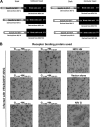



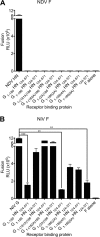

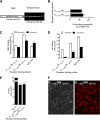
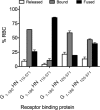


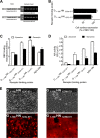





References
-
- Eckert DM, Kim PS. 2001. Mechanisms of viral membrane fusion and its inhibition. Annu. Rev. Biochem. 70:777–810. - PubMed
Publication types
MeSH terms
Substances
Grants and funding
LinkOut - more resources
Full Text Sources
Other Literature Sources

